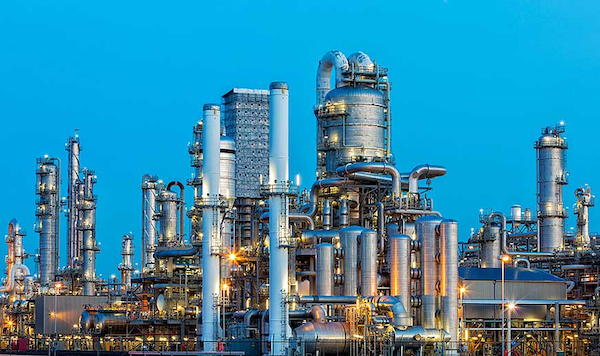
Jay Jason Bartlett
One of the biggest and most complicated commercial sectors in the world is the oil and gas sector. These organizations and their intricate facilities require ongoing monitoring to protect its workers, assets, and business processes. This industry has an expanding demand for cutting-edge video surveillance systems to improve its security posture due to the growing vulnerabilities of just such facilities.
Monitoring operations is difficult since oil and gas production facilities are frequently situated in inaccessible or distant regions. Theft, vandalism, terrorism, and natural catastrophes are just a few of the security risks that the sector must deal with.
Additionally, the industry is a target for theft and sabotage because its buildings frequently store expensive machinery and essential infrastructure and for the sheer mayhem an attack on such a facility would cause.
The oil and gas sector must set up trustworthy video surveillance systems that can successfully monitor its facilities and give security personnel up-to-date information in order to counter these threats.
One of the main advantages of video surveillance in the oil and gas sector is that it can give security staff real-time information, enabling them to react to any security incidents swiftly.
Security officers can have a bird’s-eye view of the building thanks to strategically placed video cameras, which enables them to see any possible security issues right away and take appropriate action.
With today’s advances in high-resolution IP-cameras and the built in analytics of many of those cameras, oil and gas facilities can significantly improve their security monitoring capabilities and view more -and in greater detail and clarity- of their environment. These advanced video surveillance systems provide far greater situational awareness over previous solutions.
In order to offer a more complete security solution, video surveillance systems can -and should- be connected with other security systems, such as access control systems.
The ability to monitor operations and spot problem areas is another important advantage of video surveillance in the oil and gas sector. The organization can determine areas where operations aren’t going as planned and make the required adjustments to increase efficiency and productivity by analyzing the data collected by video cameras. Video cameras can also be used to check on equipment to make sure it is working properly, lowering the chance of equipment failure and boosting operational effectiveness.
A growing demand for sturdy, long-lasting, and weather-resistant video surveillance systems exists within this sector as well. This is due to the fact that a lot of the industry’s facilities are situated in regions that are vulnerable to adverse weather, such as strong winds, torrential rain, and extremely hot or low temperatures.
The oil and gas business requires video surveillance systems that are not only tough and resilient, but also simple to install and maintain. Video cameras must be simple to install and maintain without requiring a lot of people or specialist equipment, again as many of the industry’s facilities are situated in outlying regions.
The oil and gas sector also need scalable and adaptable video surveillance systems that will enable it to add and remove cameras as needed. It’s critical that video surveillance systems can be easily expanded to match the changing needs of the facility because it’s always changing the capability (and typically fuel output) on a regular basis.
This continually changing environment -unlike most other industry that are more static- makes it more demanding to the need of a flexible and affordable security system that can respond to the sector’s changing needs.
The necessity for video surveillance systems to strengthen security and increase operational effectiveness is expanding within the oil and gas sector on a continual basis. The industry requires video surveillance systems that are rugged, durable, and able to withstand harsh environmental conditions to ensure that video cameras remain functional and provide clear images.
With video cameras providing real-time information to security personnel, the industry can quickly respond to security incidents and monitor operations to identify areas where improvements can be made. In order to adapt to the changing needs of the sector, the industry also requires video surveillance systems that are simple to install, maintain, flexible, and expandable

Jay Jason Bartlett is the Managing Editor of Security.World and the CEO of Cozaint Corporation, a manufacturer of security surveillance solutions. Jay has over 40 years in the high-tech industry and over 15 years in physical security. visit: cozaint.com
See more articles by: Cozaint Corporation
Source: cozaint.com
Source: cozaint.com
